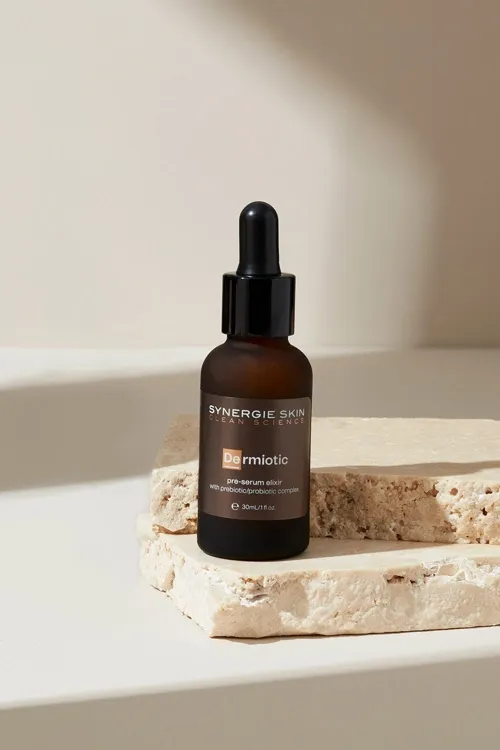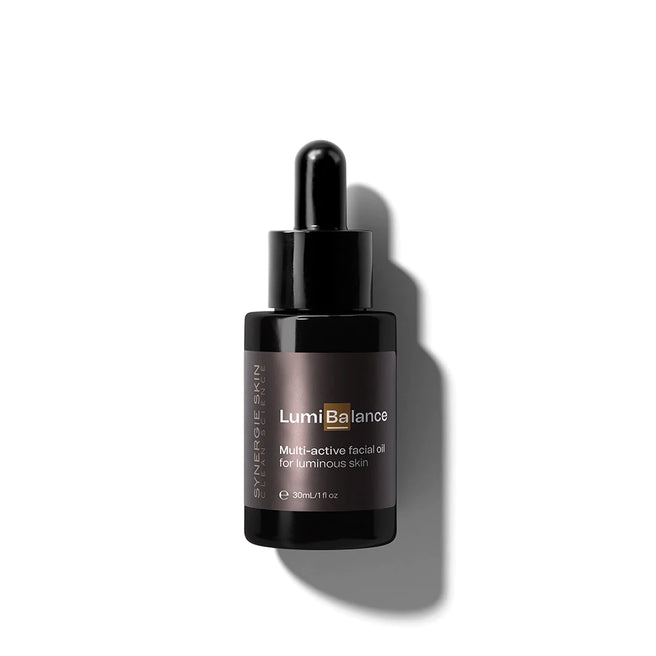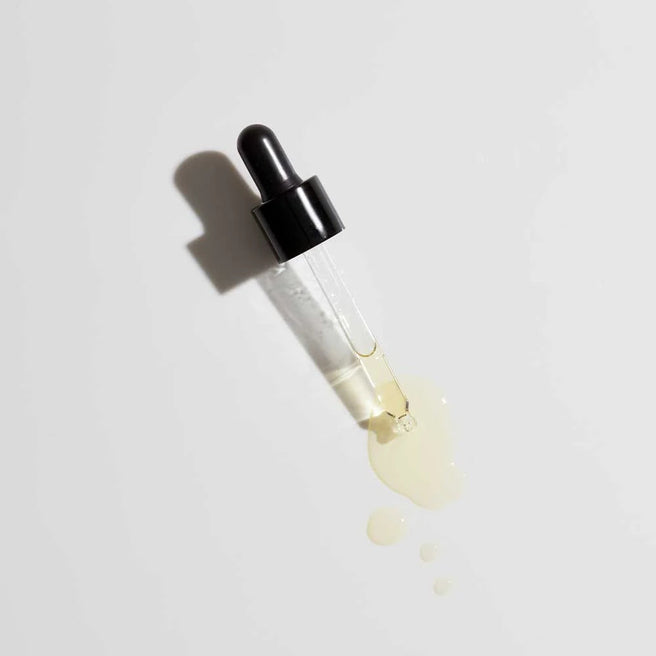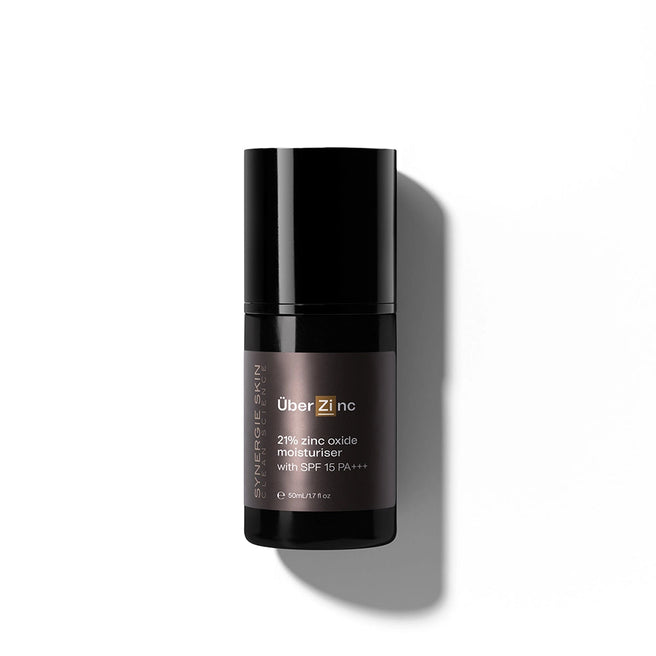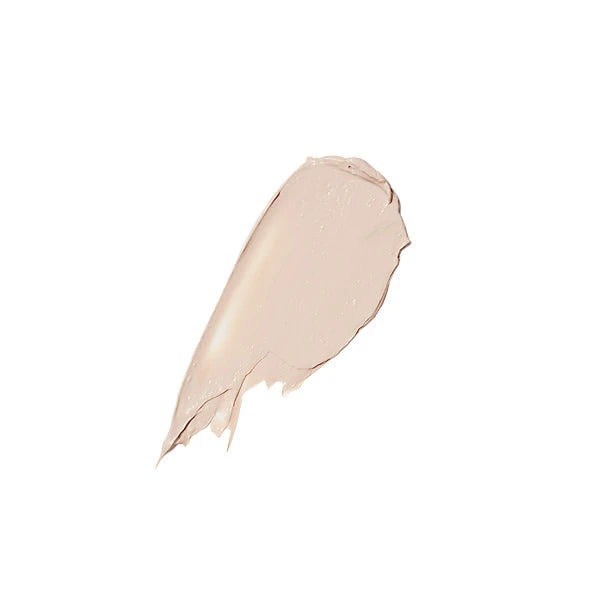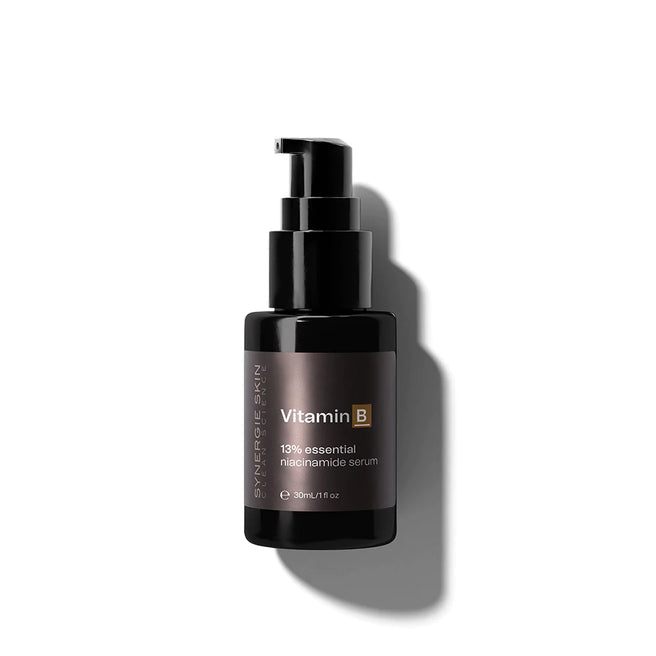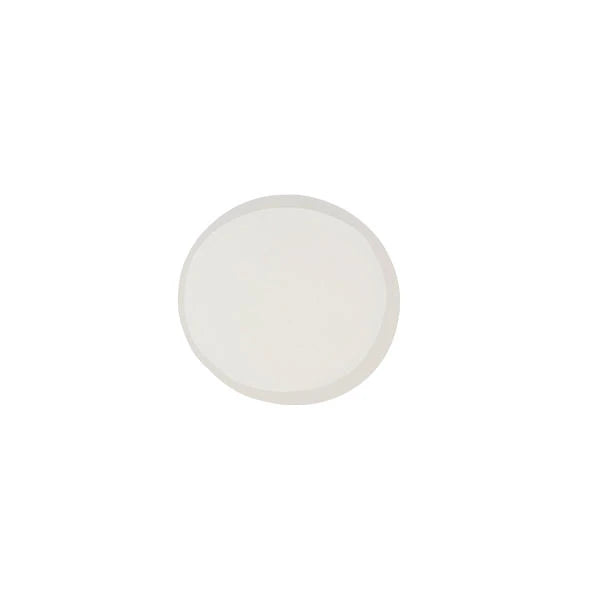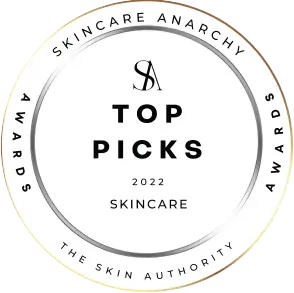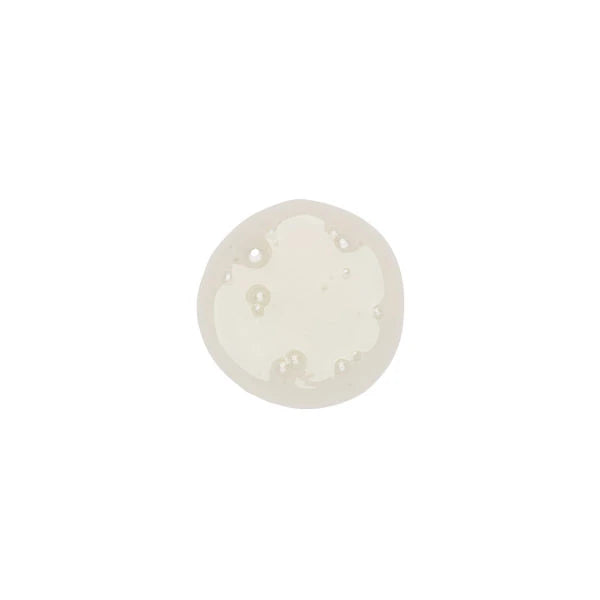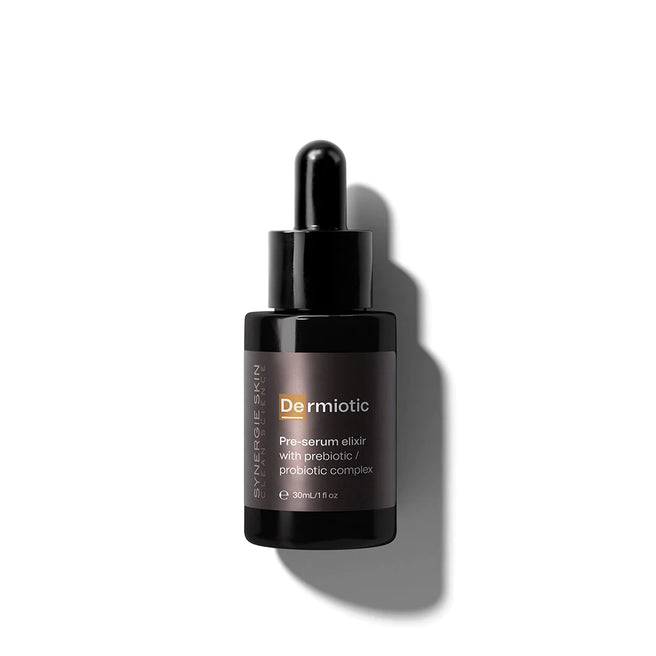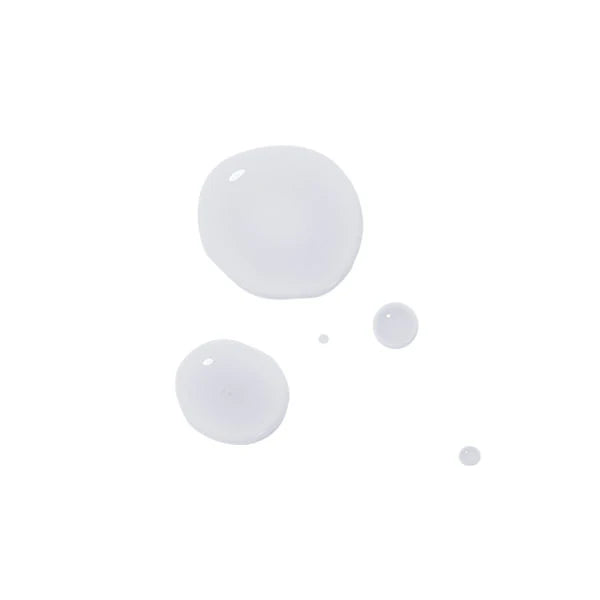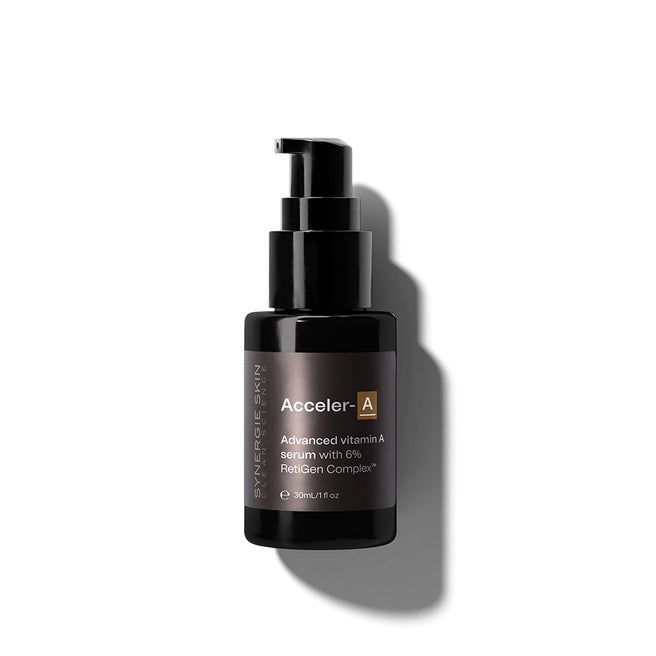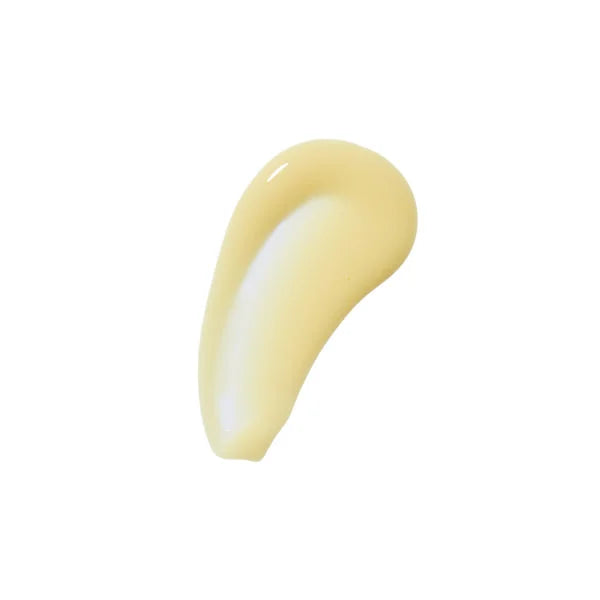Every year, we see exciting trends and a new crop of skincare ingredients make their way to market. From treating 'maskne' to glow-boosting skincare, there will always be skincare innovation but how do you cut through the hype to understand what's here to stay and what is potentially a waste of time and money? Here's my prediction of 9 skincare ingredients, including new and old favourites, that you will notice everywhere in 2022.
Bakuchiol
This active ingredient has really been making waves in the beauty industry and has been touted as a gentler alternative to vitamin A, with clinically proven retinoid-like benefits. Let's be clear, bakuchiol is not part of the vitamin A family and it bears no chemical resemblance to the retinoids. However, it does produce comparable skin benefits. Unlike retinoids, Bakuchiol is a purified botanical extract of the seeds of the Psoralea Corylifolia plant.
What does it do?
- Stimulates the production of collagen
- Prevents the breakdown of collagen and elastin within the skin
- Reduces inflammation and redness
- Addresses hyperpigmentation
- Protects the skin from damaging free radicals
My stance?
Yes, this ingredient is deserving of its hype! Similarly to vitamin A, it can treat multiple skin conditions with the added benefit of it being safe for use during and post-pregnancy. Being such a multi-benefit ingredient, I've included it as one of the hero ingredients in LumiBalance facial oil. Bakuchiol is a great all-rounder for all skin types to calm inflammation, which as you know, is the root cause of every negative skin condition. If we can treat that, we can address anything!
Prickly pear seed oil
Extracted from a species of cactus, prickly pear seed oil contains the vital skin component, linoleic acid, and has a sweet herbaceous scent.
What does it do?
- Hydrates the skin
- Protects the barrier and prevents water loss
- As a potent antioxidant, it protects from environmental and UV damage
- Reduces inflammation and redness
- Promotes healing
- Helps to prevent acne breakouts
My stance?
When I discovered this ingredient I was very excited, and I'm proud to have included it as one of the hero ingredients in LumiBalance facial oil. The high levels of vitamin F are very protective for our barrier. Our barrier needs to be strong to protect us from external factors like pollution and UV damage that can cause inflammation and ageing. Prickly pear seed oil has multiple benefits that will create visible and long-term changes in the skin, a tick from me!
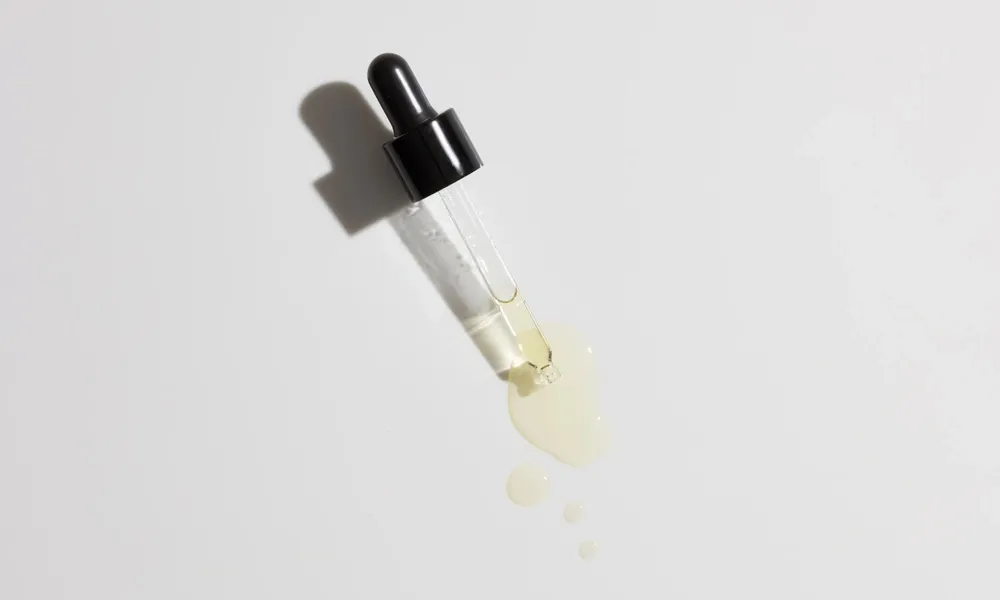
Zinc oxide
While not new, zinc oxide will certainly be trending due to the ongoing controversial "physical vs chemical sunscreen" debate among the skincare savvy. Traditionally ‘zinc cream’ style zinc oxide was not as elegant due to its thicker feel and chalky texture. Thankfully, today’s ingredient technology means zinc oxide can be formulated with a virtually invisible, finer finish and I'm starting to see it everywhere.
What does it do?
- Non-irritating and anti-inflammatory
- Offers broad-spectrum UVA and UVB plus IR protection
- Non-comedogenic and will not clog pores
- Dihydrotestosterone blocker so is ideal for congested skin
My stance?
Zinc oxide is considered the safest and most effective UVA/UVB protecting ingredient on the market, and it is the only mineral approved by the FDA to effectively block UVA and UVB rays in a single ingredient. For me, that’s a no brainer when I’m formulating a daily protective moisturiser such as ÜberZinc to include broad-spectrum protection. Not to mention, its anti-inflammatory properties make it a fantastic moisturiser option for acne sufferers!
Niacinamide
Now, this ingredient certainly isn’t new… I’ve been creating products with niacinamide for 15 years! It was one of the first ingredients I formulated with and my Vitamin B serum to this day has a cult following. It’s only now that it has really become a trendy buzzword. Everyone is starting to realise how amazing this ingredient really is!
What does it do?
- Improves the skin’s barrier function
- Promotes better skin immunity
- Improves tone and texture
- Increases hydration levels
- Enhances collagen production to reduce fine lines and increase skin firmness
My stance?
This superhero ingredient is my personal favourite... it's stable, penetrates the skin easily to reach those target cells, and is gentle on almost every skin type. With so many skin benefits, it truly is the 'multitasker' of active ingredients and will continue to be a trend in the skincare industry. I am particularly proud of my XCell B serum as it’s formulated with 21% niacinamide (the highest concentration of niacinamide in a serum) to deliver maximum results.
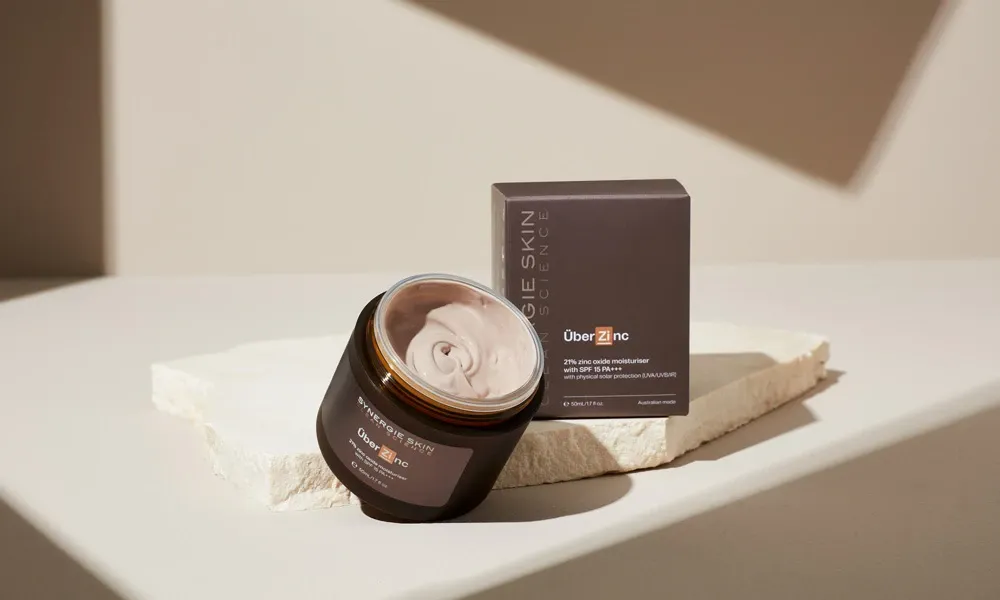
Pre/probiotics
Our bodies house trillions of teeny tiny bacteria on the surface – even more than our skin cells! The trick is to maintain balance with beneficial bacteria dominating the bad bacteria. New research is delivering promising results for treating all skin with topical prebiotics and probiotics to ensure the skin microbiome is balanced and that skin surface damage and inflammation is kept at bay.
What does it do?
Probiotics have been shown to stimulate the immunity of the skin and protect it from irritation and stress. An in vivo study of 20 volunteers showed that skin treated with probiotic lysates showed a reduction in stinging, water loss and barrier dysfunction. Prebiotics provide the ‘food’ for the good bacteria living on your skin. It provides a nutritional source for the good bacteria, whilst inhibiting overgrowth of the harmful bacteria. Inulin is a good example of prebiotic skin food. I like to use the garden metaphor: Probiotic bacteria are the seeds that grow and flourish on the skin, and the prebiotic is the fertiliser providing the food to enable the garden to grow whilst inhibiting the weeds.
My stance?
Balancing the microbiome of the gut has been on trend for years. I’m very pleased to see that balancing the delicate skin microbiome is gaining more attention now too. Clinical data support the positive impact of cosmeceutical prebiotic and probiotic products in controlling balance and protecting the barrier. The ideal skincare formulations contain a combination of probiotics and prebiotics such as Dermiotic.
Hyaluronic acid
This often-hyped ingredient is crucial for keeping skin hydrated and youthful from the inside. Despite its name, it’s not acidic and is usually included in skincare as sodium hyaluronate, the salt form of hyaluronic acid. In the skin, it’s a type of sugar in a thick gel-like consistency found in our dermis that hydrates and fills up the spaces between the collagen and elastin fibres.
What does it do?
- Great for surface hydration
- Plumps up the cells on the outside of the skin
My stance?
Hyaluronic acid is a must-have ingredient that continues to pop up in skincare products, ranging from over the counter products to professional skincare. But it’s important to remember that whilst using the ingredient topically is great for surface hydration, is not able to reach the deeper dermis where it is naturally present in the skin. The molecular weight of hyaluronic acid is too large to penetrate the dermis so it's simply a great hydrator of the epidermis, plumping up the cells on the outside of the skin.
Peptides
Peptides represent a massive part of the cosmeceutical sector in skincare and are already a huge buzzword for 2022. But there’s often a misconception about peptides and what they do. Peptides are made up of small numbers of amino acids (the building blocks of larger protein molecules). Unlike large complex proteins, many peptides are small enough to penetrate the skin. As a formulator, there are millions of peptides to choose from, and new technology enables scientists to create tens of millions of different peptides in the lab.
What does it do?
Peptides can perform many beneficial skin functions, including:
- Stimulating collagen
- Reducing uneven skin tone
- Reducing redness, inflammation and fine lines
My stance?
These are exciting times when it comes to new ingredient technology. Unlike naturally occurring ingredients, peptides can also be made in a laboratory to specifically target skin concerns.
Collagen
Collagen is the scaffolding of our skin. It’s continually produced by our skin cells but slows as we age. So, of course, we are all on the hunt for anything that will increase the collagen in our skin.
What does it do?
- Maintains a firm and youthful appearance
My stance?
There’s no medical evidence to suggest that adding collagen to skincare or taking collagen supplements will improve your skin quality or reduce the appearance of wrinkles. It’s biology 101: collagen molecules are large, complex proteins – far too big to penetrate the skin. Unfortunately, this ingredient, whether ingested or applied topically, does not live up to the hype!
The new retinoid on the block- Hydroxypinacolone retinoate (HPR)
HPR is touted as the rising star in the vitamin A family for very good reasons. Clinical studies demonstrate that hydroxypinacolone retinoate has an array of skin benefits.
What does it do?
- Visibly reduces the appearance of lines and wrinkles in as little as 14 days
- Reduces uneven skin tone
- Firms the skin
- Reduces visible pores
- Addresses excess oil production
My stance?
According to a 2018 study in the Journal of the American Academy of Dermatology, HPR is seen as an effective alternative to prescription retinoic acid without the unpleasant side effects of skin peeling or irritation. HPR is also more stable than other forms of vitamin A, and the small molecular size means it easily penetrates the skin. It is the hero ingredient in my Acceler-A serum. In terms of ingredient trends that will stick around, we’ll be seeing this star ingredient trend in many
anti-ageing products in the future.



